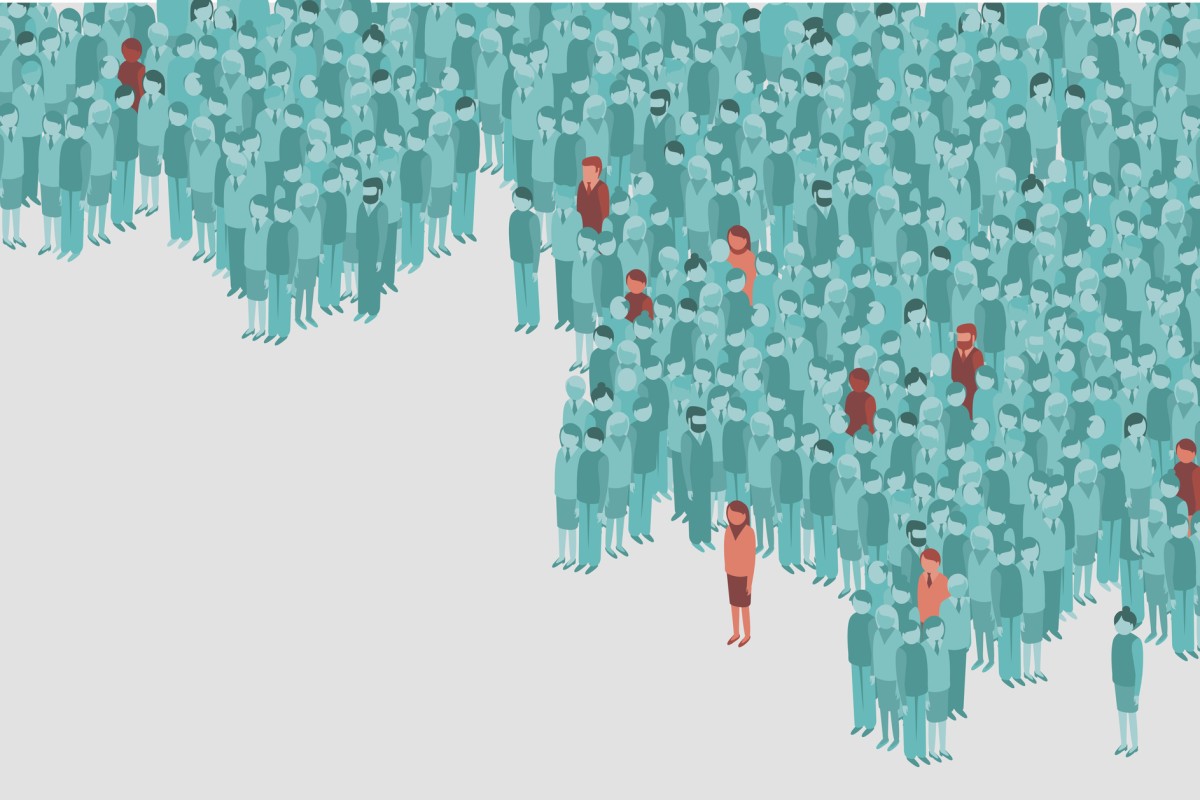Recently, I developed “flu-like” symptoms for the first time since the COVID-19 pandemic began. The following day, I was tested for SARS-CoV-2 by having a cotton swab stuck up both of my nostrils—an uncomfortable experience, to say the least. While waiting for results, I admit to feeling a bit terrified, not only for myself, but for the health and safety of my loved ones, young and old. I took solace in the notion that my sense of smell remained intact, a fact verified by smelling my beloved gardenias every morning. Though, I wondered if certain symptoms were more ominous than others.
For instance, we know that age, additional medical conditions, and obesity increase the risk of complications associated with COVID-19 infection. We also know patients who require intensive medical intervention usually arrive to the hospital about 13 days after their symptoms began. But what medical experts need to know is whether or not there are clues to predict which patients will become sickest. If physicians could anticipate complications before they occur, patient outcomes could be better.
A group of researchers from King’s College in London have done something rather remarkable. Working in conjunction with a health technology company, ZOE, they created a Covid Symptom Study App which now has more than 4 million users worldwide. In March and April, app users were asked to log their health and symptoms of COVID-19 daily. An analysis of the data obtained from 1653 users in the UK and US with confirmed COVID-19 who regularly logged symptoms revealed six distinct symptom clusters occurring within the first 5 days of COVID-19 illness. In May, a second subset of data was analyzed on 1000 app users with confirmed COVID-19 located in Sweden, the UK and the US with similar results.
The six clusters can be broken down into two distinct groups: those with milder symptoms — more prevalent in younger and healthier patients — and those with “severe” symptoms, which were more likely to be older and have co-morbid conditions, such as diabetes, lung disease, or obesity.
The six clusters, listed in order of severity with key distinctions in bold are:
- Flu-like with no fever: Headache, loss of smell, muscle pain, cough, sore throat, chest pain, no fever.
- Flu-like with fever: Headache, loss of smell, cough, sore throat, hoarseness, fever, loss of appetite.
- Gastrointestinal: Headache, loss of smell, loss of appetite, diarrhea, sore throat, chest pain, no cough.
- Severe Level One, Fatigue: Headache, loss of smell, cough, fever, hoarseness, chest pain, fatigue.
- Severe Level Two, Confusion: Headache, loss of smell, loss of appetite, cough, fever, hoarseness, sore throat, chest pain, fatigue, confusion, and muscle pain.
- Severe Level Three, Abdominal and Respiratory: Headache, loss of smell, loss of appetite, cough, fever, hoarseness, sore throat, chest pain, fatigue, confusion, muscle pain, shortness of breath, diarrhea, and abdominal pain.
If patients can identify which symptom cluster they are experiencing, it could empower them to advocate for the medical care they or their loved ones need. For example, the fact I had “flu-like” symptoms without a fever placed me squarely in Cluster 1. But what does that mean exactly?
If the research is validated, it means I could predict the chance of needing oxygen or being intubated and placed on a ventilator.
And each symptom cluster had a different likelihood of requiring respiratory assistance. For me, with symptoms in cluster 1, there was a 1.5% risk of needing breathing support. For those in cluster 2, the chance increased to 4.4%. For patients in symptom cluster 3, respiratory assistance was necessary in 3.7%. Unfortunately, for patients in symptom clusters 4, 5, and 6, the proportion requiring respiratory help was significantly higher: 8.6%, 9.9%, and 19.8% respectively.
The chance a patient may need to go to the hospital varied by symptom clusters as well. For me, with symptoms in Cluster 1, there was a 16% chance I would be heading to St. Michaels for medical care, whereas for those in Cluster 6, a more severe form of the disease, nearly half of the patients needed hospital care. While this research has not been formally published, the British Medical Journal highlighted the study, lending considerable credibility to the findings.
Is this information critical for patients, physicians, and public health experts alike?
Yes. Claire Steves, a doctor who co-authored the study, said “If you can predict who these people are at day five, you have time to give them support and early interventions such as monitoring blood oxygen and sugar levels, and ensuring they are properly hydrated – simple care that could be given at home, preventing hospitalizations and saving lives.”
A great deal of medicine can be boiled down to basic pattern recognition. Advance knowledge enables one to be better prepared—forewarned is forearmed. Supportive interventions instituted at home, the hospital or even the intensive care unit, could improve patient survival. After learning more about this research, the fact I had “flu-like” symptoms without a fever, was oddly reassuring. Hopefully, readers will find this information as comforting as I did. Thankfully, my test came back negative. And I will never take smelling my gardenias for granted again.
